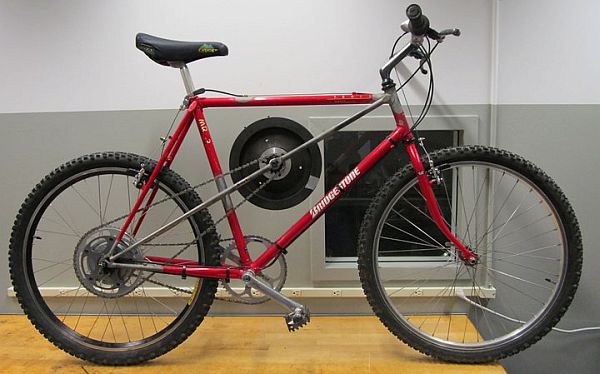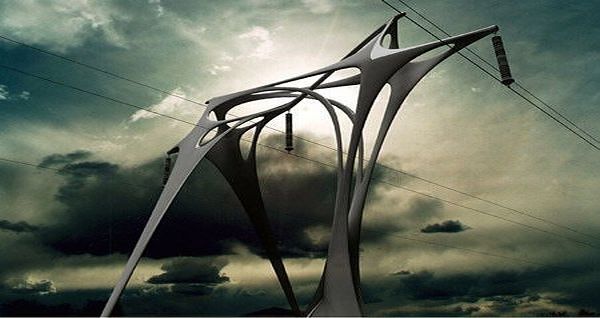
As we know it
Fly wheel is a great way to store the energy which you can use when needed.The working of flywheel energy storage is done by accelerating the rotor at a high speed and marinating the energy in system as rotational energy. The flywheels rotational speed reduces when energy gets extracted from the system. Due to this principle of energy conservation, additional energy gets add up to the system correspondingly which results on more speed of flywheel. Most of flywheel energy storage systems use electricity to increase or reducing the flywheel speed. These days in advanced FES systems, the rotors are made of good carbon filaments that come with spinning at speeds 20,000 to over 50,000 rpm in a vacuum enclosure. Such flywheels are much quicker as compared to other forms of energy storage.
Need for change
Change in rotors speed
The system of flywheel storage is one unique system where energy is stored as rotational energy when rotors or wheel are accelerated with celerity to mechanically store energy for future use. You can easily extract the stored energy and use it with generator that converts mechanical energy into electrical energy. It is same like battery storage where the only difference is that they store the energy in form of chemical which gets converted later in electric energy. However during extraction, the energy rotors speed gets reduced so that some energy gets saved.
Change in wheel
However there need to be some improvement in this system and hence we are looking forward for some change in this system. There are some dangers of rotating wheel to get shattered because of overload that can make the usage of flywheel accumulators bit problem.
Elimination of High maintenance
The rotors of gets spin too fast can get displaced form axis and get smashed the side walls of containment. This can pose the dangers for machine as well as people. The system also needs high maintenance so that it can be efficient.
Whatâs next?
The Beacon 100 Flywheel Energy Storage Plant
![]()
The company named Beacon Power producing and installing this system claims to make the largest Flywheel Energy Storage System for frequency regulation. When the speed of generator gets adjusted to meet the power demand the frequency changes. Such system helps to renew the energy plants by storing the power efficiently. The company is constructing great power plant in Stephentown that will maintain the energy in flywheels. To store energy in flywheel is old concept however the company claims that the future system will come with new materials that will also include carbon fiber. Its working depends on accelerating the rotor to high speed and storing the energy in system as rotational energy. This energy later gets converted into electricity by slowing the flywheel.
Low-cost hybrid transit buses

The co factor of this energy storage system is that it can deliver up to 20 percent of saving in the consumption of fuel. The system is bases on usage of flywheel energy storage that successfully delivers 20 percent savings in fuel consumption and emission of CO2 during the city operations. Such buses are regarded as cost-saving alternative for battery-hybrid buses. It uses a compact high-speed flywheel energy system that also recycles the kinetic energy when acceleration of the bus takes place.
Flywheel equipped bicycle

This bicycle was designed by the final year student of The Cooper Union who was even awarded Nicholas Stefano Prize by the school for its outstanding performance. The bicycle is popular because of its ability to use a spinning flywheel that can regain the lost energy when brake is applied to the cycle. This bicycle has the capacity to store the kinetic energy on temporary basis when rider slows down the cycle speed. This bicycle effectively uses the energy and is fun to ride that allows increasing the speed when needed. The flywheel invention comes from an automobile engine which is mounted on the bicycle frame. The energy gets produced continuously due to constant variable transmission in the back wheel that powers the flywheel. When bike is kept for charging, the transmission gets shifted so that it can increase the ration of flywheel speed as compared to the bike speed. On contrary to it, when bike gain ups the speed, the ratio of flywheel speed lowers as compared to the speed of bike. The rider uses this transmission shift for such advantage.




